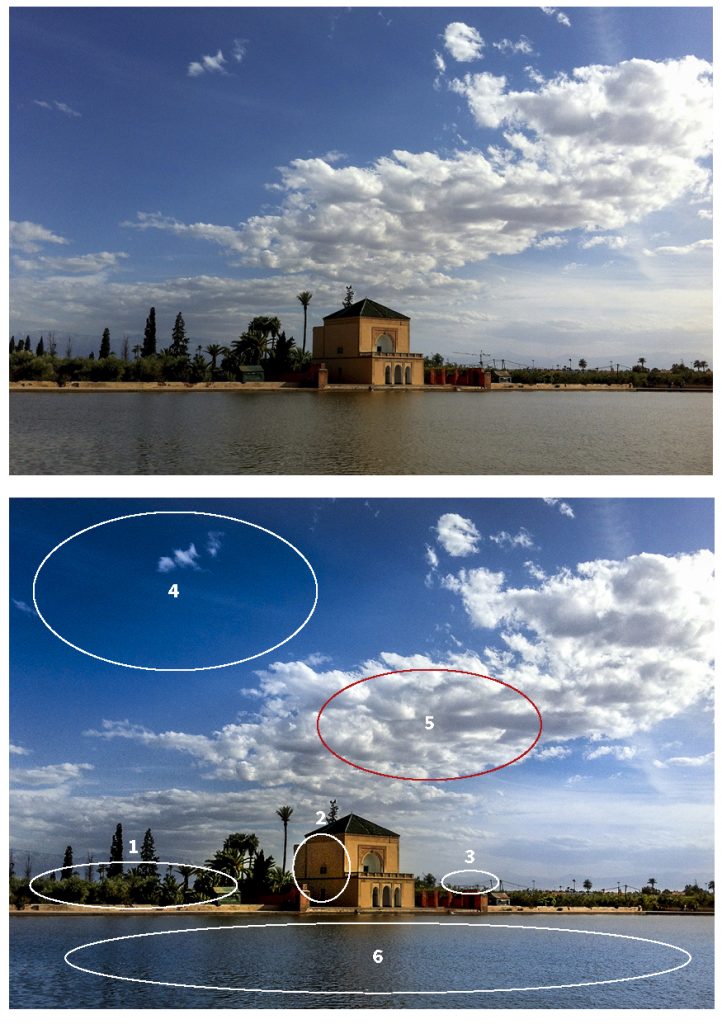Cutting corners doesn’t pay…
I know I’ve written blogs around the topics of design, useful tips and quality of reproduction before. But this seems to raise its head frequently and needless to say, things don’t change. The adage of what goes in is what comes out. Whether it be mail merge data, which hasn’t been prepared correctly, or the consistency is random; flyers that are produced without any thought to the target audience or how they will be engaged with are just a few of the many challenges to great results. The small nuances are the finer detail which is all part of what we do. Some might say it’s the 80/20 rule, but of course, it’s the last 20% that makes the difference.
So here are a few thoughts regardless of what your project is…
Planning
Failing to plan is planning to fail as the adage goes. Print is a pivotal point in a marketing cycle, being scattergun with it doesn’t help you. Having a production plan, including textual copy reviews, branding coherence, ensuring imagery is spot on, now’t worse than text saying one thing and your imagery speaking the opposite.
Know your audience
Absolutely critical, mapping this out will provide you with the key approaches to ensuring you successfully engage your decision-makers. This pen portrait will ensure you know who you are “talking to”
Use your budget wisely
This is where your 80/20 rule shows the most. Cutting corners can do more damage than the difference in the saving. Good design artwork doesn’t have to cost the earth. Good printers have experienced designers in-house. If part of something more critical, a graphic designer will add more flair to a larger project. Rule of thumb, design/artwork studio time within a print house will be £25-£35 p/hr whereas creative designers will be £40-£75 p/hr. Getting your design/artwork right will drive the results, so this is money well spent.
Ensure great reproduction
When a printer has been involved with a job from the start, if they have a good background with traditional “repro” as it was called, they will optimise images to ensure great reproduction. Or as one client called it “Sows Ear into Silk Purse”. See the blog on the Lost Art of Repro
Print has never been as affordable
True fact, print comparatively is more affordable than it was 10-20 years ago. So don’t try haggling, you just rub the printer up the wrong way. The advent of digital print has reduced the cost of entry. However, set up fees; disk/file handling charges still apply, as it still requires someone to get your file ready for print. The downside of short-run print (small quantities) is that finishing set up costs for lamination, foiling, creasing, folding and other bindery work.
Working with a good print provider will help you to control your project costs, they will suggest ways to ensure you can measure the performance of your printed item. Printers are real-world people, with significant experience of working across media to ensure integration. Yes, you can ship your file to a big internet shed, have it squirted through a machine, and we know the chances of total satisfaction won’t be as high, a local printer does a lot more than you probably realise, above all they are human, and love engaging with people like you.






